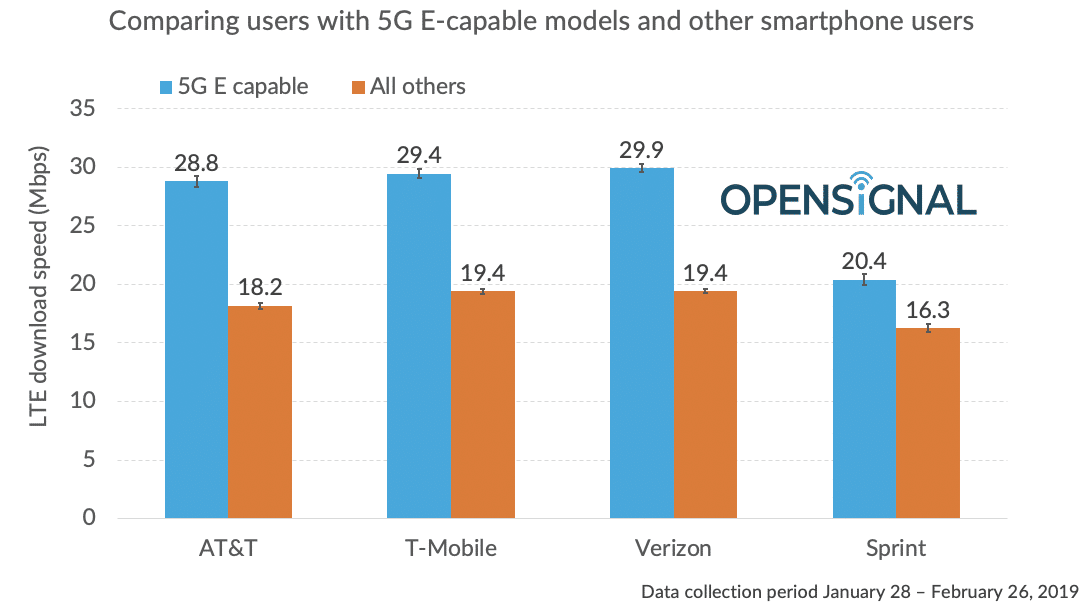I love Google Voice, and I want more people to know how awesome it is. I find Voice to be most useful when paired with a wireless device, but it’s also great as a stand-alone service you can use from a desktop.
Stand-alone Google Voice
The stand-alone, personal version of Voice is free and easy to get started with (much like Google Docs or Gmail). Once you’re signed up for the web platform, you’ll be given a free Google Voice phone number. From Voice’s web interface, you can send and receive calls and texts. Calls and texts in the U.S. are free.
Here are a few examples of situations where Voice’s stand-alone service can be useful:
- You’re selling something on Craigslist and want to list your phone number. You don’t want to share your normal phone number because you don’t want to be contacted at odd hours or receive spam calls. Listing your Google Voice number in your ad solves the problems.
- You misplaced your phone in your house. No one else is around to call it to make it ring. After accessing Google Voice from a computer, you can call your phone yourself.
- You’re seated comfortably at your computer, but you need to make a call. No problem! Make your call from Goole Voice.
I don’t think most people will want to use stand-alone Google Voice regularly, but it’s a super helpful tool in rare situations. I once had a phone die while traveling. Using Voice, I was able to reach out to a friend I was meeting with, confirm our plans, and let them know I wouldn’t be reachable through my usual phone number. That prevented a lot of stress.
Google Voice paired with a phone
Google Voice can be extremely useful when paired with a mobile device and a primary number. Once you’ve downloaded a Google Voice app to a device, you can send and receive calls or texts from either the Voice web platform or your mobile device. It’s a best-of-both-worlds situation. If I’m at my computer, I prefer to take calls over Voice since my computer has a solid internet connection and I often have a nice headset connected. Texting is also more pleasant with a full-sized keyboard. The Voice web interface even lets me view visual voicemails and contacts from my desktop. None of this requires me to sacrifice my mobile experience. Calls and texts will continue to come through to my phone when I’m away from my computer.
If you don’t have a primary phone number you rely on, all of this can be done free of charge. Just take the free number Google Voice gives you, pair it with your device, and treat it as your primary number going forward. Alternatively, if you have a primary number, you can port it to Google Voice for a one-time fee of $20.1 Having your number live with Google rather than a traditional carrier has amazing perks. Normally, regularly switching phone companies is kind of a pain in the ass because you need to port numbers between carriers. The porting process takes time, and issues can arise while porting. With Google Voice, no porting is necessary. I’ve used the same Google Voice number with a handful of different carriers. When I switch between carriers’ SIM cards, my primary number stays associated with the Voice app on my phone.
Voice may even allow you to lower your typical phone bill. If you make calls from your computer, you can avoid using minutes from your mobile plan. While calls made from the Google Voice app on your phone will use your plan’s minutes, you can choose to download the Hangouts app which allows you to make calls from your phone using data (Wi-Fi or cellular) instead of minutes.
Configuring Google Voice
It may take a bit of tinkering to get Google Voice working optimally. Here are a few settings I’ve selected to get the experience I want:
- I have the option to screen calls turned off.
- I have the option to always use my phone to place calls turned off.
- I only pair Google Voice with one phone.2
Downsides
- I’ve found Google Voice’s web application to have some issues when accessed via Firefox.
- Normal video messages cannot be sent from Google Voice.
- Occasionally, I’ve found text messages to fail to send through the web application (fortunately, the application alerts me when this happens).3









